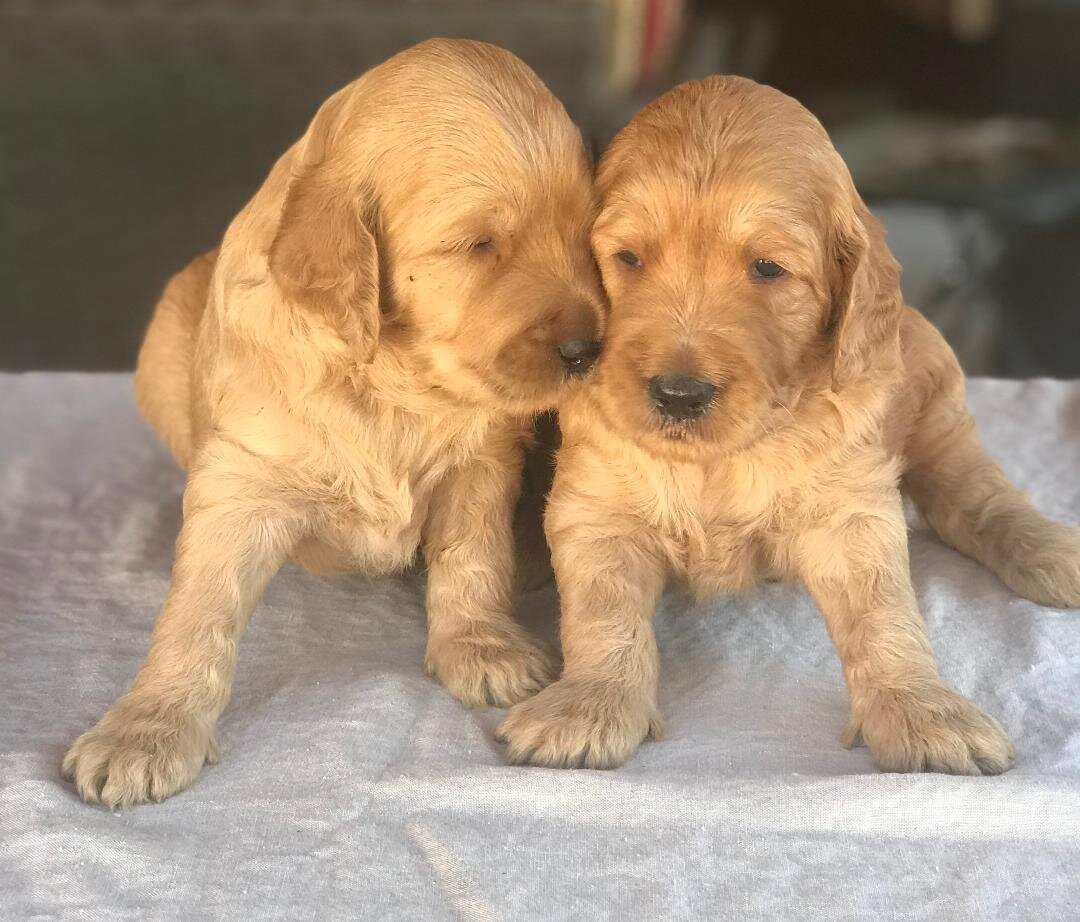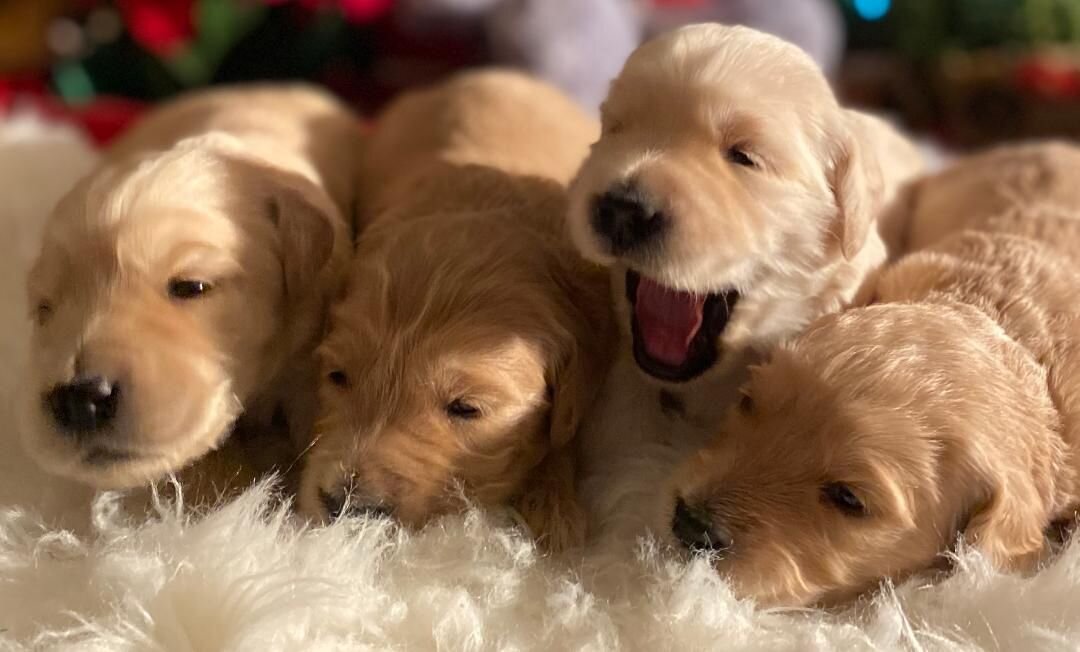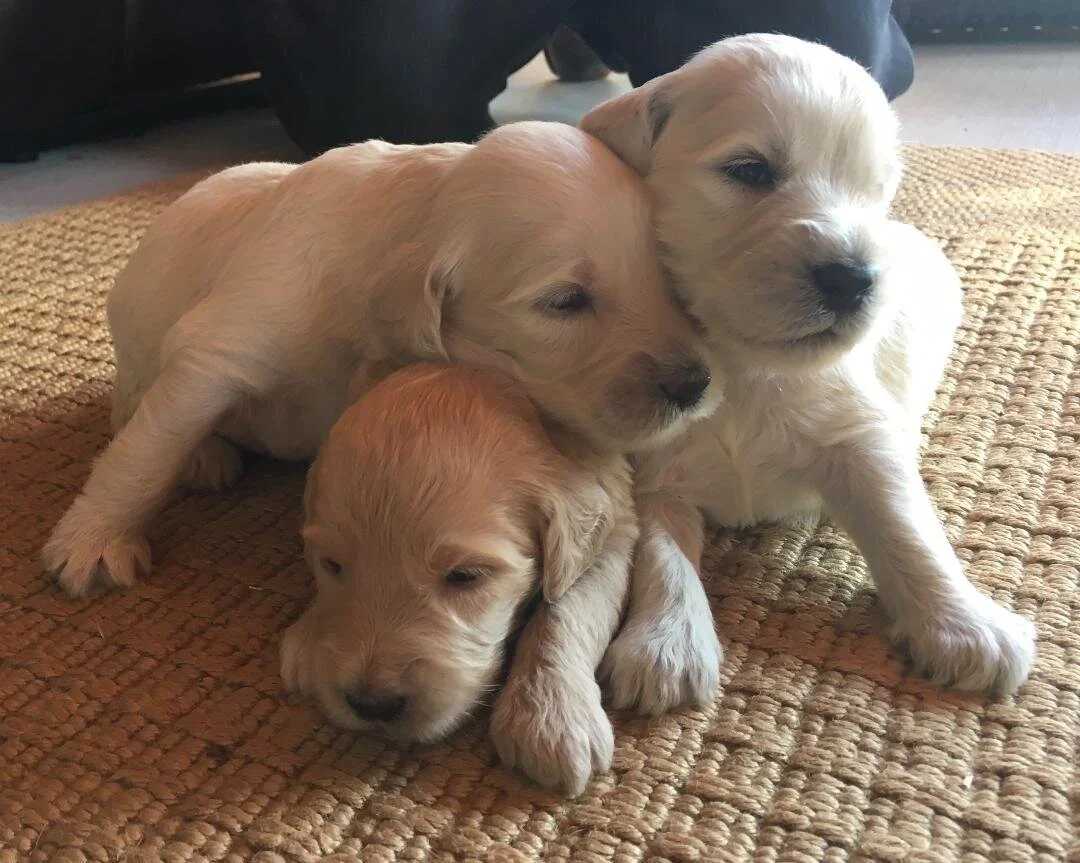
Puppy Tips
Puppy Nutrition
There are a lot of considerations before you decide which food to feed your puppy. The very first priority on the list of ingredients should be a protein!
It doesn’t matter what the protein is -- chicken, lamb, beef, duck, salmon, etc.; it just needs to be listed as the very first ingredient in your puppy’s food. You also don’t want protein ingredients that say anything like “chicken-by-products, beef-by-products,” etc.
By-products are basically the head/feet/intestines of the animal and don’t contain a lot of meat. You want the protein ingredient to either read “Chicken” or “Chicken meal,” etc. That means only the actual meat has been used, no by-products.
Dog Foods Should Not Contain:
Corn: Corn is food filler
Meat by-products: Definition includes, but not limited to lungs, spleen, blood, fatty tissue, heads, feet, etc.
Generic fats or proteins: Example - "Animal Fat or protein" as opposed to "Beef Fat" or "Chicken Fat"
Artificial preservatives/colors: No to BHA, BHT, Ethoxyquin or any food coloring
Sweeteners: Avoid corn syrup, sucrose and ammoniated glycyrrhizin
Nutritional Feeding Tips:
Choose three or four of your favorite foods based on quality ingredients and switch them every few months or so.
Dogs that eat the same food all their life can develop nutritional deficiencies and become picky eaters.
Switching foods can also help prevent food allergies or intolerances.
When switching foods, spend a few days gradually increasing the amount of the new food to help your dog's digestive system adjust to the new food.
Avoid mixing different foods (except when switching foods) because it will be more difficult to determine the problem ingredient if your dog does develop an allergic reaction.
Puppy Feeding Tidbits:
Feeding your puppy the moment you get home may encourage puppy separation anxiety. Play or grooming is a more positive way to say hello.
Small portions of carrot or apple chunks are healthy, low-calorie snacks most dogs love.
Freshwater should be available at all times.
During the summer months, consider setting up multiple indoor/outdoor water stations.
To avoid a buildup of bacteria, wash the water bowl daily.
Some vitamin or mineral supplements, when utilized incorrectly (such as extra calcium given to a large-breed dog on a good diet), will do more harm than good.
Potty Training
Your new puppy is finally home! House training your puppy is about consistency, patience and positive reinforcement. The goal is to instill good habits and build a loving bond with your pet. Do not leave food down all day but offer the food for 15-20-minute intervals. By controlling when and how much your puppy eats and drinks, you can predict when it will need to go potty. If you expect your dog to potty on- and off-leash, your potty outings with your dog should sometimes be on-leash and sometimes off-leash. Why? From a dog’s point of view, going potty while on- versus off- leash can be a very different experience. Familiarizing him with both will pay off in the future.
Puppies typically need to go potty:
When they first awake in the morning & after a nap.
After a play session.
Before or after they go in or out of the crate.
Usually before or just after they have eaten & soon after drinking a lot of water.
If they haven’t been out for an hour or two.
Containment:
To avoid your puppy going potty in areas where they are not allowed, it is advisable to crate train your puppy. Usually a puppy will not go potty where it eats and sleeps.
Keep your new puppy supervised at all times. If you cannot supervise them, it is safer to put it in the crate.
Block off areas of the house using baby gates to keep your puppy contained to the area you are in. This eliminates the ability for the puppy to sneak off and do its business.
Remember, young puppies are still developing control over their bladders, so be patient and give them time to learn when and where it is appropriate and to gain the physical ability to build bladder control. Never hit, reprimand or rub a puppy’s face in its mess. Punishing a puppy is counterproductive and teaches the puppy that going potty in your presence is a dangerous thing; it does not teach it to not go potty in the house.
Praise:
Celebrate when your puppy goes potty outside!
If your puppy goes potty in the house, it is probably because they were not able to hold it
If you see your puppy going potty in the house, quickly distract it by saying “no, no” in a strict voice … or clap your hands, then quickly pick it up or put it on the leash and go outside. When your puppy finishes its business, don’t forget to celebrate. Good job!
Praise your puppy when it is outside and goes potty; It is very important to praise before you bring it back in to avoid confusion.
And last but not least, clean up accidents with an enzymatic cleanser rather than an ammonia-based cleaner to minimize odors that might attract the puppy back to the same spot.



